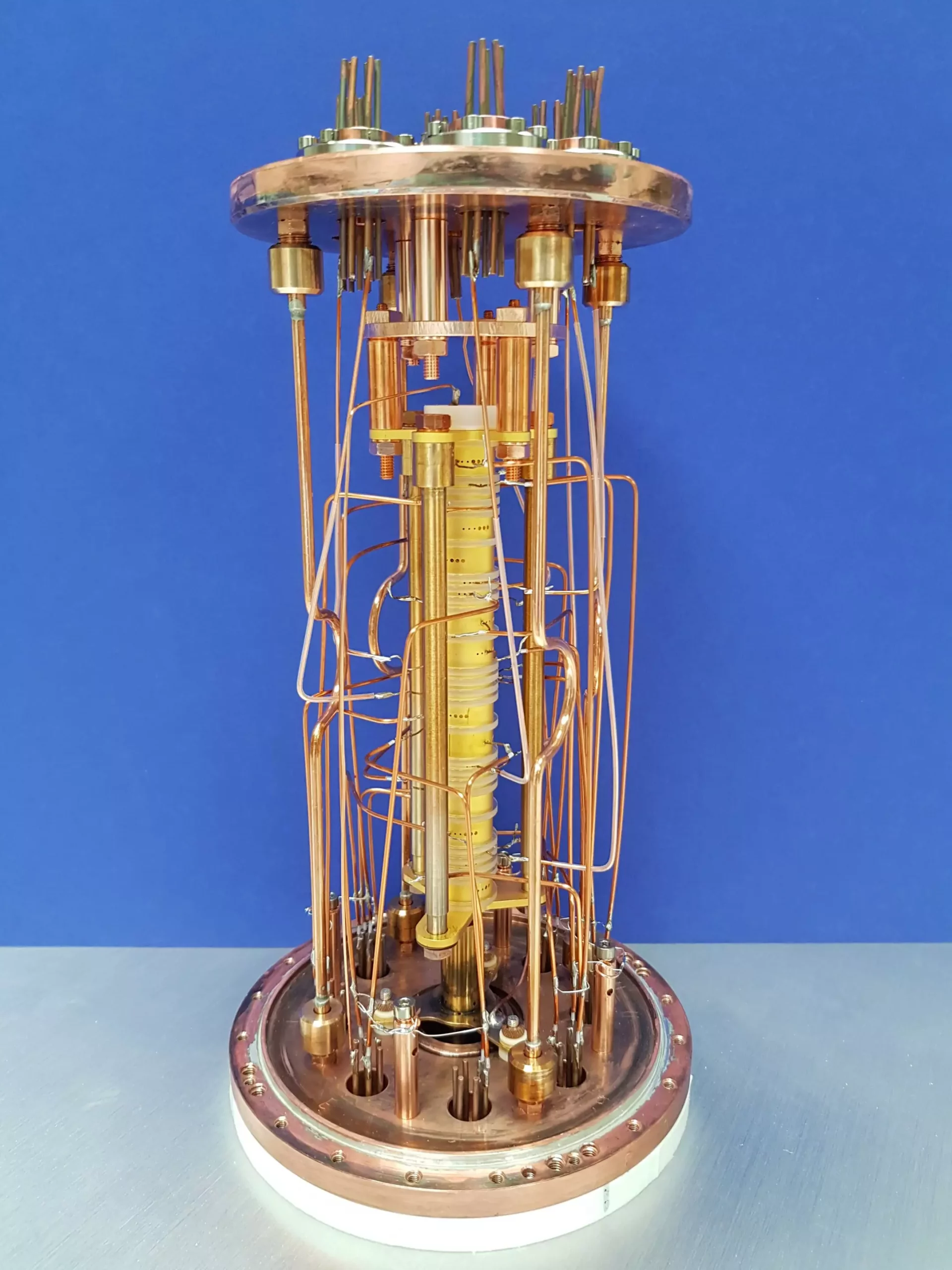One of the most prominent unsolved mysteries in the realm of physics revolves around the mass of a neutrino at rest. Neutrinos, as elusive particles, hold a key role in the world of nature. Led by Klaus Blaum, Director at the Max Planck Institute for Nuclear Physics in Heidelberg, a team has taken a leap forward in the quest to “weigh” neutrinos within the ECHo collaboration.
Neutrinos are peculiar in their behavior as they interact with matter through the weak interaction, making them almost undetectable as they pass through other particles without causing any damage. The rare interactions can only be captured with large detectors, shedding light on the secrets of neutrinos.
While it was initially believed that neutrinos had no rest mass, the phenomenon of neutrino oscillations challenged this view. This led to the realization that neutrinos indeed possess a mass, pointing towards the existence of physics beyond the standard model.
The challenge lies in the fact that neutrinos cannot be simply placed on a scale. Complex experiments involving physical processes with neutrinos are necessary to determine their mass. The use of beta decay and electron capture has been crucial in the attempt to measure neutrino mass.
The Heidelberg pentatrap experiment, under the leadership of Klaus Blaum’s team, utilizes Penning traps to capture electrically charged atoms. This intricate process allows for the determination of mass with extreme precision, aiding in the calculation of the difference in mass between ions.
Through the use of frequency measurements, the team was able to determine a Q value for electron capture with unprecedented accuracy. The collaboration between experimental measurements and theoretical calculations played a significant role in achieving precise results.
The KATRIN experiment set the upper limit for the neutrino mass at 0.8 electron volt per speed of light squared. This minute value highlights the challenges faced in weighing neutrinos and the complexities involved in understanding their mass distribution in the universe.
The journey to uncover the mystery of neutrino masses continues to present extreme challenges at the forefront of technical possibilities. The advancements made by the Heidelberg team mark a significant step towards unraveling the enigma of neutrino masses and venturing into the realm of new physics.


Leave a Reply